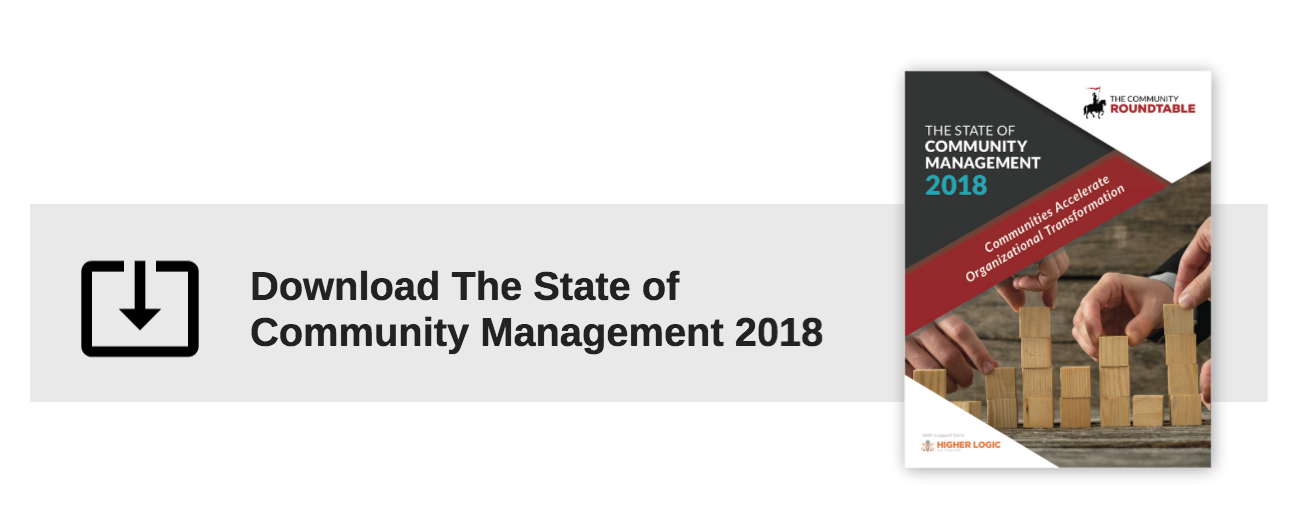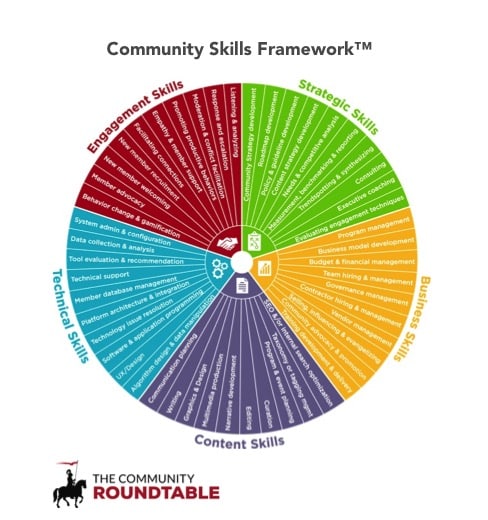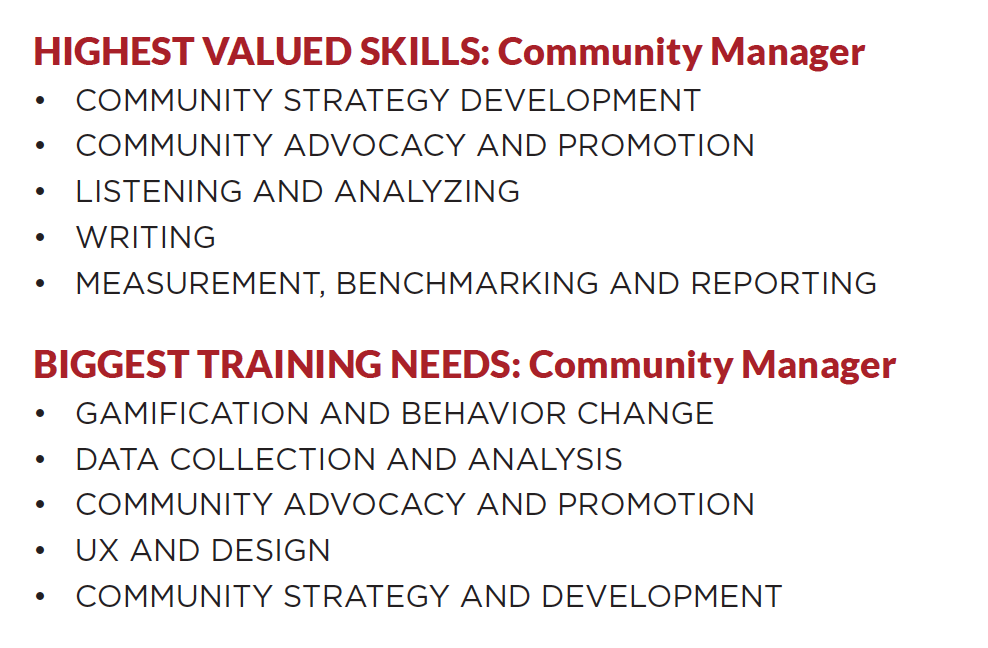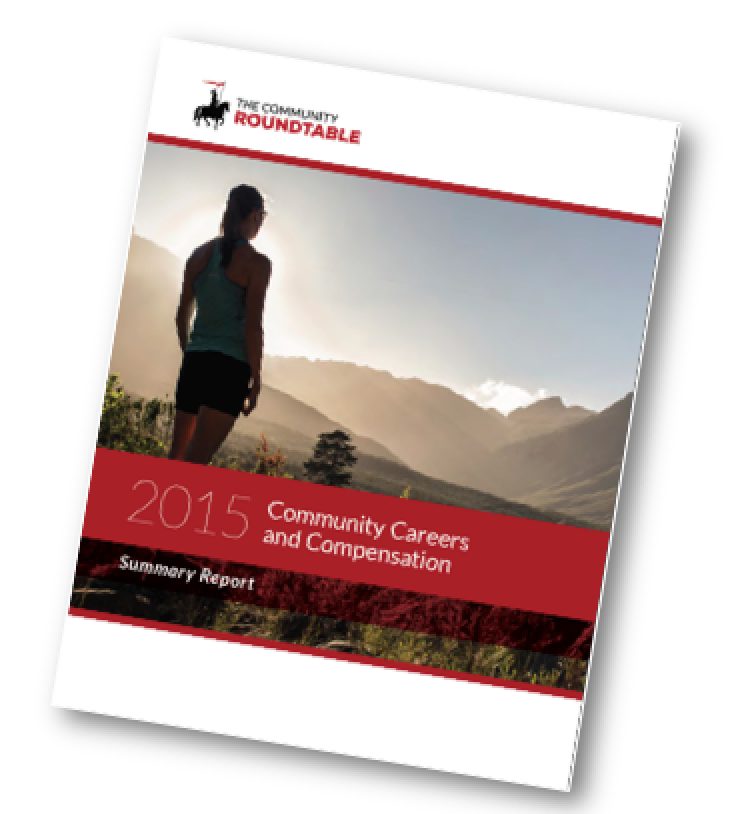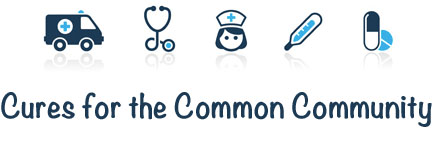
Join the community experts at The Community Roundtable as they chat about online community management best practices with a wide range of global community professionals. Topics include increasing online audience engagement, finding and leveraging executive stakeholders, defining and calculating online community ROI and more.
Episode #69 features Lili McDonald.
In this episode of the podcast, Lili shares her experience with online community technology platforms, how community managers can streamline community operations, the power of an online form, and how setting boundaries can help you stay sane.
Listen Now:
Podcast: Play in new window | Download
Find more episodes of Conversations with Community Managers here.
About Conversations with Community Managers*
To better reflect the diverse conversations our podcast covers we’ve changed the name of our long-running series to Community Conversations.
Community Conversations highlights short conversations with some of the smartest minds in the online community and social business space, exploring what they’re working on, why they do what they do, and what advice they have for you.
These episodes are a great way to begin to understand the nuances of community strategy and management.
Each episode is short (usually less than 30 minutes) and focuses on one community management professional.

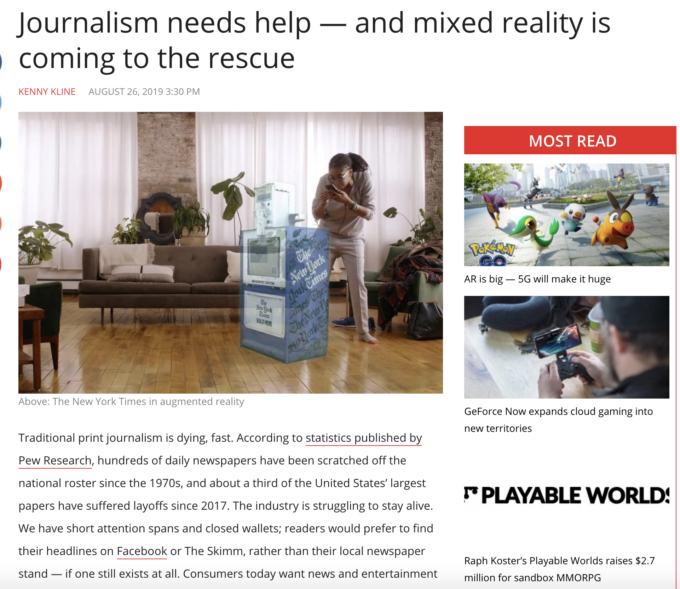
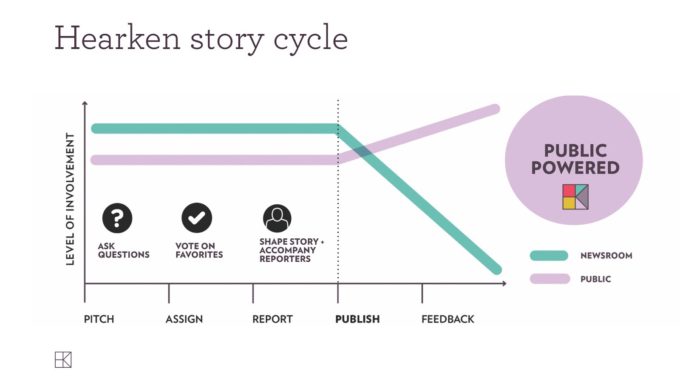

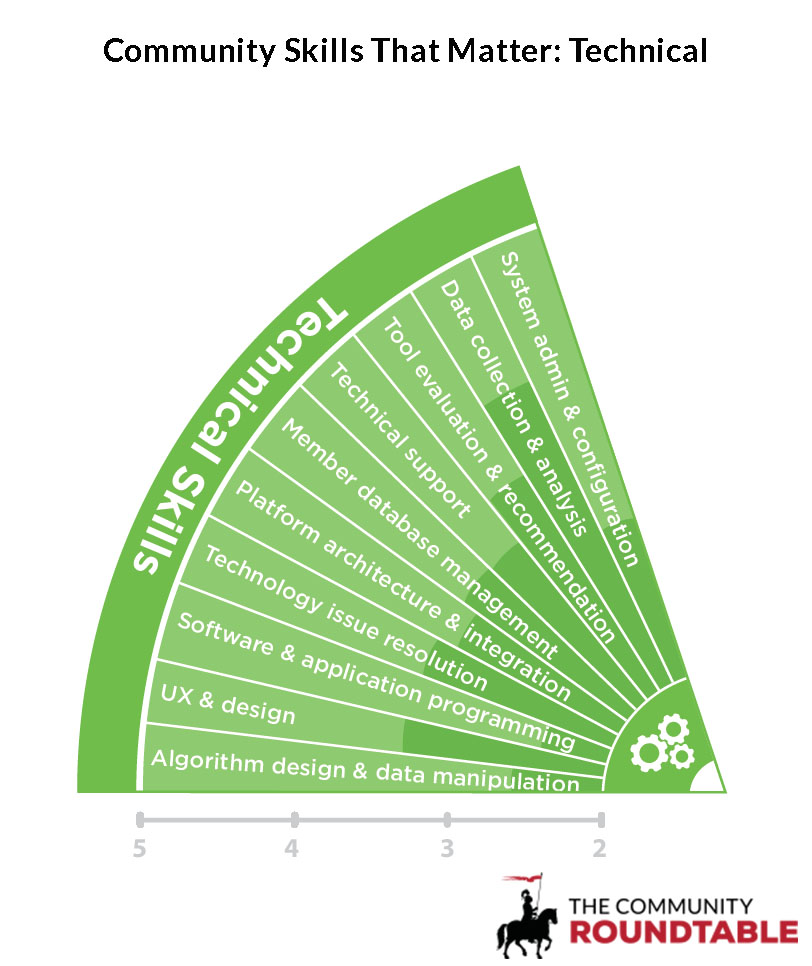
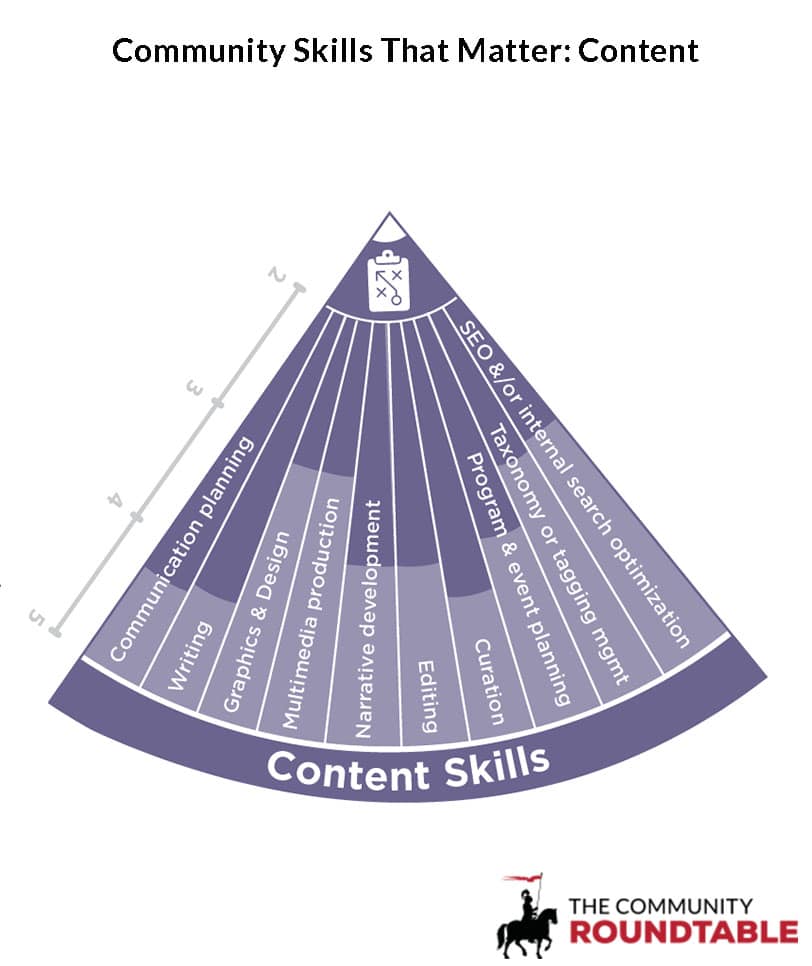
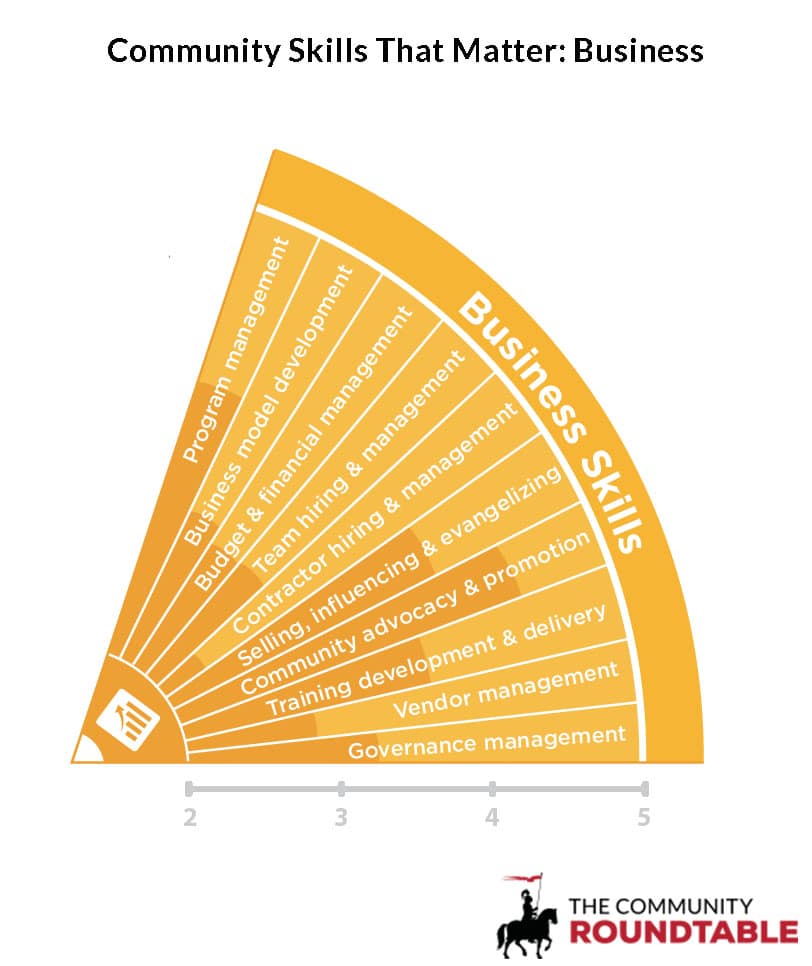
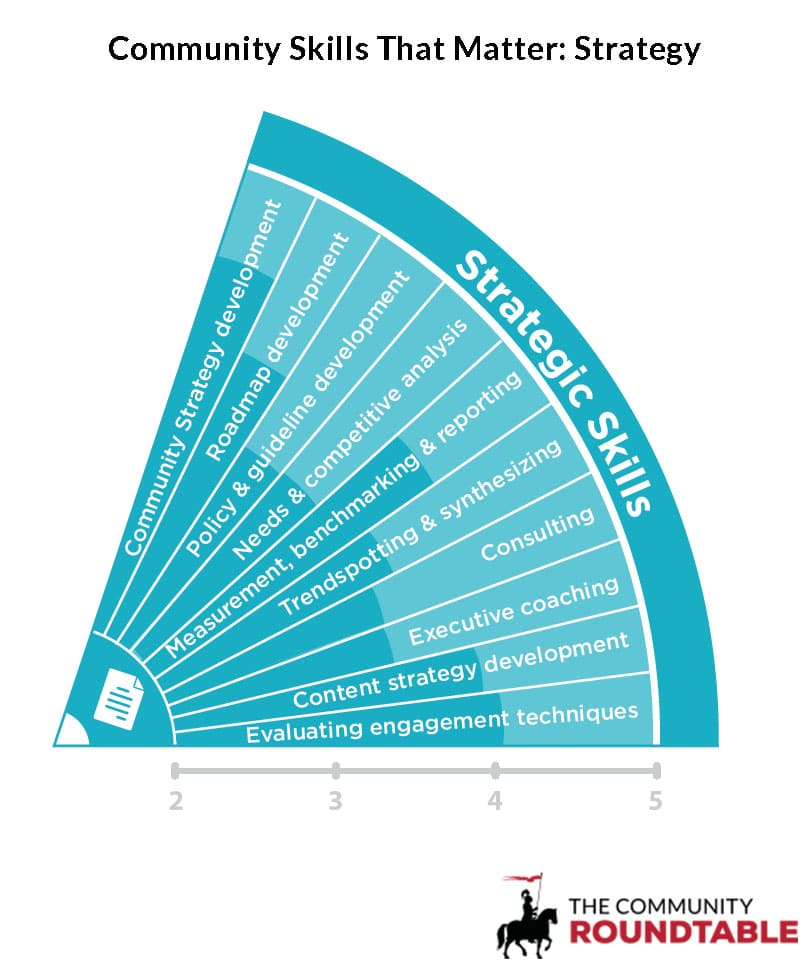
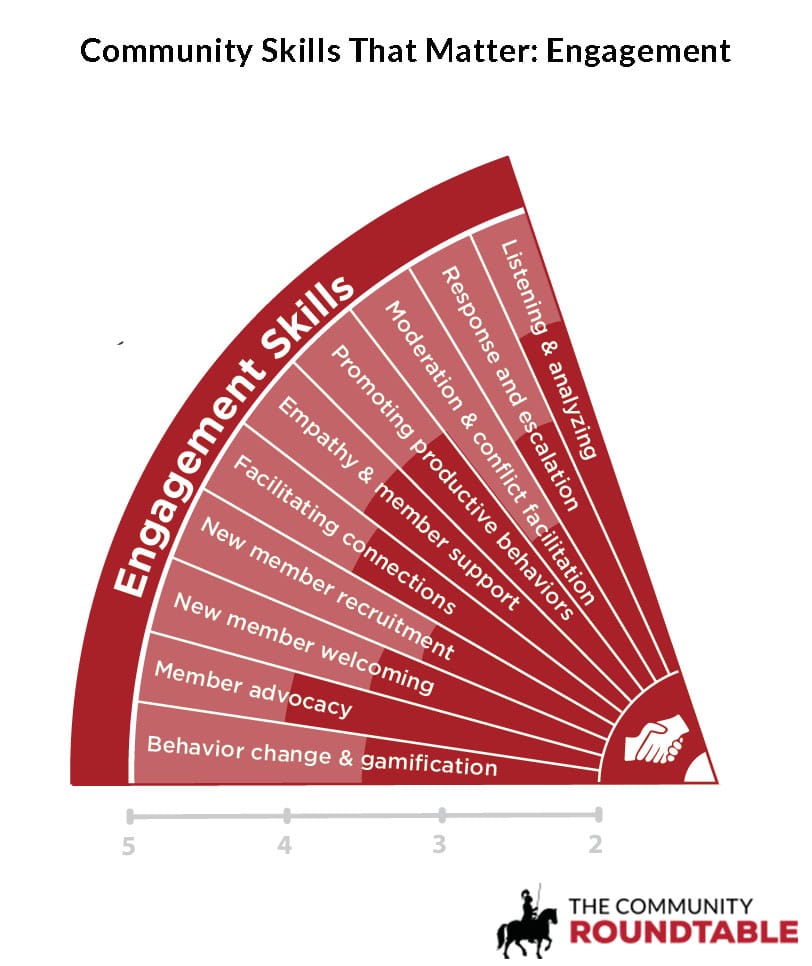
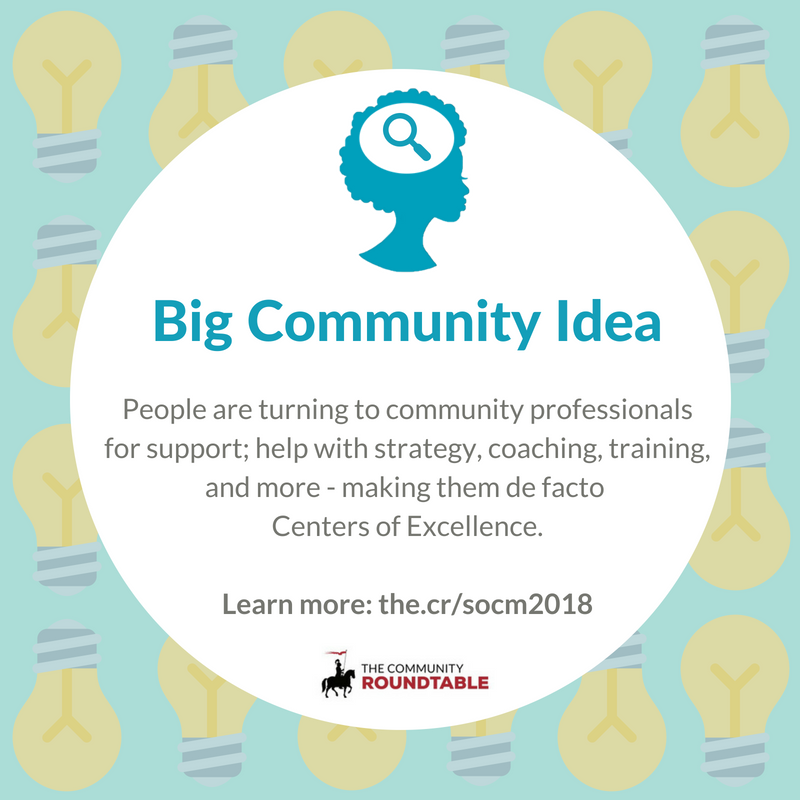 Community management work is evolving along with roles – and evolving rapidly. As all communications become networked, community engagement and management is a discipline that everyone needs to cultivate to be successful.
Community management work is evolving along with roles – and evolving rapidly. As all communications become networked, community engagement and management is a discipline that everyone needs to cultivate to be successful.
